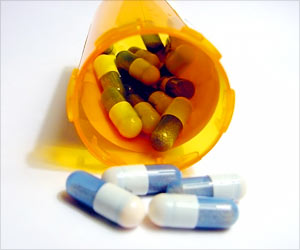Vorinostat Medication Information
Learn everything you need to know about Vorinostat-pronunciation, uses, dosage guidelines, indications, and when to take or avoid it.
Get up-to-date information on side effects, precautions, warnings, and proper storage to ensure safe usage.
Explore Vorinostat brand names commonly used in India and internationally, along with detailed pricing information. Consult your healthcare provider for tailored medical advice.
Generic Name : Vorinostat Pronunciation : vor-IN-oh-statBrand Names or Trade Names of Vorinostat
International :
Zolinza
Why is Vorinostat Prescribed? (Indications)
This medication is a histone deacetylase (HDAC) inhibitor, prescribed for cutaneous T-cell lymphoma (CTCL, a type of cancer). It kills or stops cancer cell growth.When should Vorinostat not be taken? (Contraindications)
Hypersensitivity.What is the dosage of Vorinostat?
PO- The recommended dose is 400 mg once daily with food.How should Vorinostat be taken?
It comes as a capsule to take by mouth, with food.What are the warnings and precautions for Vorinostat?
• Caution should be exercised in patients with history of kidney or liver impairment, blood clots, high blood sugar, irregular heartbeat, anemia, decrease in blood minerals, dehydration, any allergy, who are taking other medications, during pregnancy and breastfeeding.• It may cause dizziness or fatigue, do not drive a car or operate machinery while taking this medication.
• It may reduce platelet counts; avoid injury or bruising.
• It may raise blood sugar level; monitor sugar level regularly while taking this medication.
• Monitor complete blood cell counts, blood electrolyte levels, and blood glucose levels regularly while taking this medication.
What are the side effects of Vorinostat?
Gastrointestinal - Diarrhea, nausea, loss of appetite, decreased weight, vomiting, constipation and dry mouth.Blood - Anemia, decrease in platelet counts.
Central Nervous System - Fatigue, dizziness and headache.
Miscellaneous - Chills, fluid retention, fever and cough.








